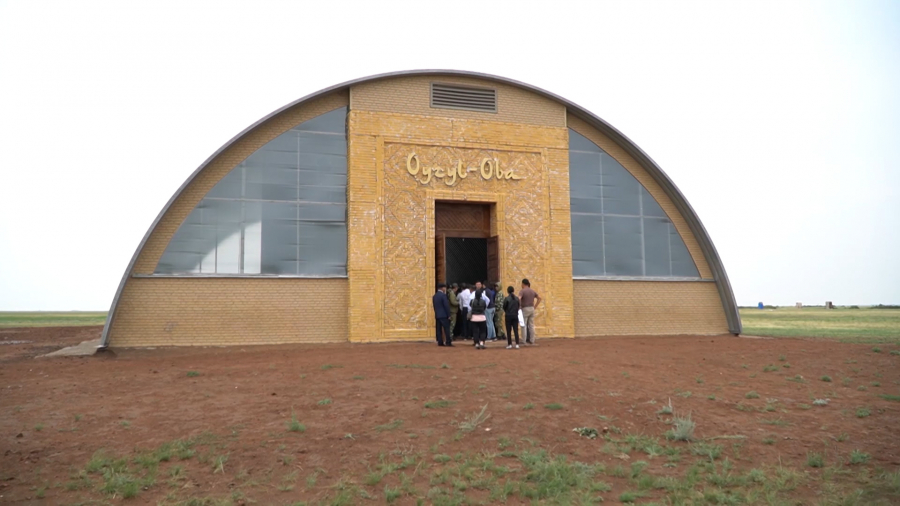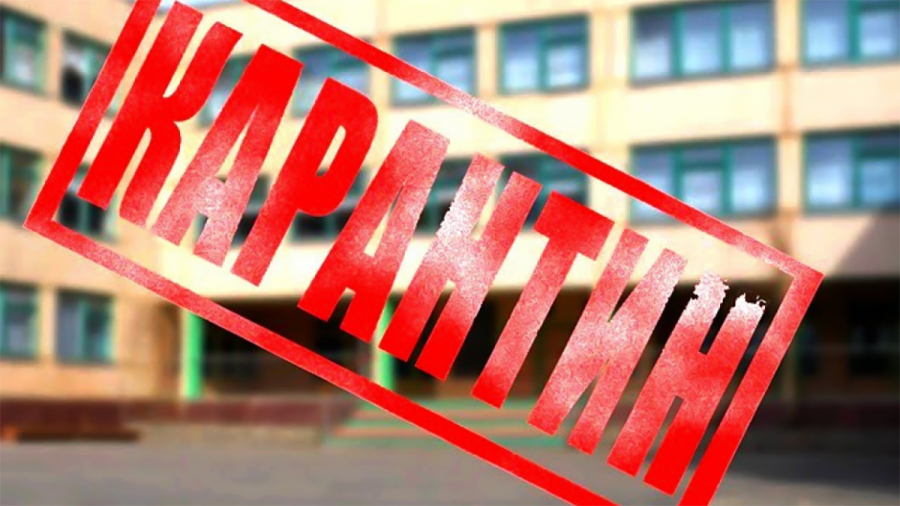
Artifacts of the Stone Age were discovered in North Kazakhstan region on the territory of a unique archeological monument Kyzyl-Oba. These are traces of ancient irrigation in the form of dams and ditches. More than ten mausoleums were also found.
“This is the main mausoleum necropolis, which at the time was dug out to include a coffin. Perhaps, if a person died in some other place, their body was transported here to be buried. Such mausoleums allow us to suggest that the deceased were not ordinary people during their lifetime. Even an ordinary bai, that is an affluent person, could not afford to erect such a mausoleum. There was a certain social hierarchy at that time,” Rakat Mambetalinov, Director of the Center for Protection and Use of Historical and Cultural Heritage, said.
Another discovery was made during the archaeological excavations. Late Eneolithic artifacts were found at the area of the Middle Age settlement.
“These are stone adzes, arrowheads, scrapers, plates, flakes, serrated tools and more. The findings indicate that this area was inhabited since ancient times, and 8,000 years ago there were already people here. They inhabited the area and were engaged in hunting,” said researcher of the National Museum of Kazakhstan Saule Rakhimzhanova.
Next year, a group of scientists from the UK will also join the archaeological excavations. Meanwhile, domestic scientists are planning to start collecting documents to enlist the area in the UNESCO’s List of World Historical and Cultural Heritage.









